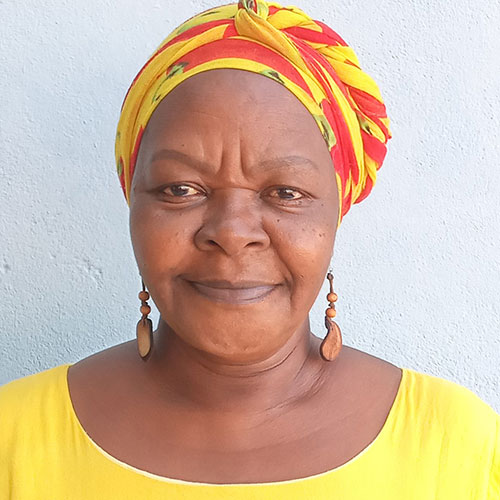Project from Rio de Janeiro connects students to ancestral knowledge through dance
Jongo da Serrinha Group attends about 100 young people between 05 and 18 years old


Bringing the old “dança de roda” practiced in the backyards to the stages, schools, squares, terreiros (meeting places for Umbanda and Candomblé), streets and other spaces. This was the reason for the creation of the Jongo da Serrinha Group 60 years ago by the legendary Vovó Maria Joana Rezadeira, together with Mestre Darcy do Jongo and Eva Emely Monteiro, her children and guardians of the ancestral heritage of the practice.
The project arose when the three of them realized that the last hub of Jongo of the city of Rio de Janeiro was extinguishing itself. Was created, then, a spectacle as a strategy to promote the rhythm and, mainly, to break a taboo: the permission of children and young people to enter the “roda” (‘circle’), thenfore reserved only for the older ones.
But what is Jongo, anyway?
Originated in Africa, Jongo is known as a terreiro dance. In a circle, the participants clap and move the torso. In the middle of the circle, stays the soloist or jongueiro, who chants improvised verses – the “pontos” (‘knots’). “In the lyrics of the ‘pontos’ are enigmas that the opponent has to guess to ‘untie’ the ‘ponto’. The traditional instruments are three drums of different sizes: tambu, the bigger one; candongueiro, the smaller one; and the caxambu, the medium one. In Brazil, Rio de Janeiro is the city with the highest concentration of jongueiros”.
The Jongo da Serrinha Cultural Group, in addition to presenting concerts, develops several social projects. Among them, there ‘s the Escola de Jongo (‘Jongo School’). Besides that, to firm the continuity of the work of preservation and dissemination of the historical patrimony of Jongo and social assistance, the group also created, in the 2000s, the Jongo da Serrinha Cultural Group (GCJS), a Non-Governmental Organization (NGO).
Lazir Sinval, jongueira, composer, singer, teacher, samba dancer and coordinator of Jongo da Serrinha, says that since she heard the drums for the first time and learned to dance, she has been passionate about Jongo. As a little girl, during the rodas she attended, she saw people from the waist down and the feet. She had the privilege of learning to dance with Tia Maria do Jongo. In general, Jongo is formed by families, and Lazir is a member of the Oliveira family.
“The Escola de Jongo project will complete 21 years. We offer workshops with socio-educational, educational and socio-cultural bias, among others. Those served are children living in the Serrinha community and surrounding areas. The activities take place daily after the formal school and are: Afro dance, percussion, capoeira, recreation, rhythm, popular dances, cavaquinho, samba rhythm, guitar and others”, says Lazir.
According to her, these activities have as its specific goals to make students experience knowledge through oral tradition, in addition to enabling knowledge and giving access to the study of the memory of pontos de Jongo, jongueiros masters and their own life stories. All this in order to strengthen and preserve memory, making students recognize the knowledge and practices of their ancestors.
Currently, it attends 100 students between the ages of 05 and 18 years. The group also acts in public school with projects such as O Jongo na Escola (‘Jongo in School’).
Besides being a space of learning and resistance, the Escola de Jongo is also a space of welcoming and “aquilobamento” (in Portuguese, represents the act of taking a position of counter-hegemonic resistance from a political body. The word comes from “quilombo”. The quilombos were communities formed by African slaves and their descendants who fled slavery, being a place where they lived in freedom and resisted enslavement).
Did you like the initiative?
Learn more about Jongo here.
Learn more about Escola Jongo da Serrinha and other projects here.
You can support, indirectly, the project Escola Jongo da Serrinha by this link.
Follow Jongo da Serrinha on Instagram and follow the events agenda.



